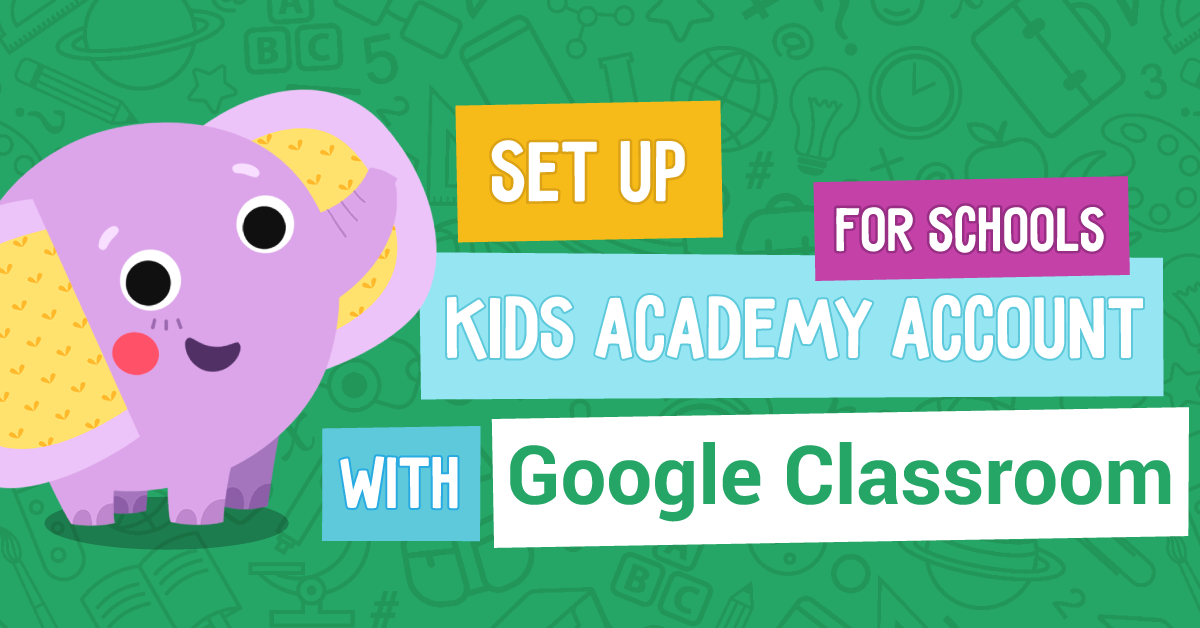Verb identification Worksheets for Ages 3-4
3 filtered results
-
From - To
Discover engaging Verb Identification Worksheets specifically designed for toddlers aged 3-4. These interactive worksheets are an excellent way to introduce young learners to action words and enhance their language skills. Each worksheet features vibrant illustrations and simple prompts, making it easy and fun for children to identify verbs through coloring, tracing, and matching activities. Ideal for at-home learning or classroom use, our worksheets foster creativity while promoting vocabulary development. Encourage your preschoolers to explore the world of verbs in a playful and educational way. Get ready to watch your little ones grow confidently in their language abilities with our engaging resources!


Verb or Noun Worksheet


Verbs and Nouns Worksheet


Down by the Bay: Choose the Verb Worksheet
Verb identification is crucial for children aged 3-4 as it lays the foundation for language development and literacy. At this stage, children are beginning to explore and express their thoughts, needs, and experiences. By recognizing verbs—action words that convey doing, seeing, or being—children enhance their vocabulary and communication skills. This understanding helps in forming sentences, enabling them to articulate their feelings and ideas more clearly.
Moreover, learning to identify verbs enhances a child's cognitive skills, fostering critical thinking and comprehension. It helps children make connections between actions and the world around them, enabling them to understand narratives in stories, follow instructions, and participate in conversations.
Encouraging verb identification also supports integrated learning. For instance, during playtime, caregivers and educators can use games and songs to draw children’s attention to action words, associating movement with language. This method makes learning enjoyable and memorable.
Ultimately, when parents and teachers prioritize verb identification in early childhood, they are not only assisting in linguistic advancement but also equipping children with essential tools for effective communication, critical thinking, and social interaction as they progress in their education and relational development.

 Assign to My Students
Assign to My Students















